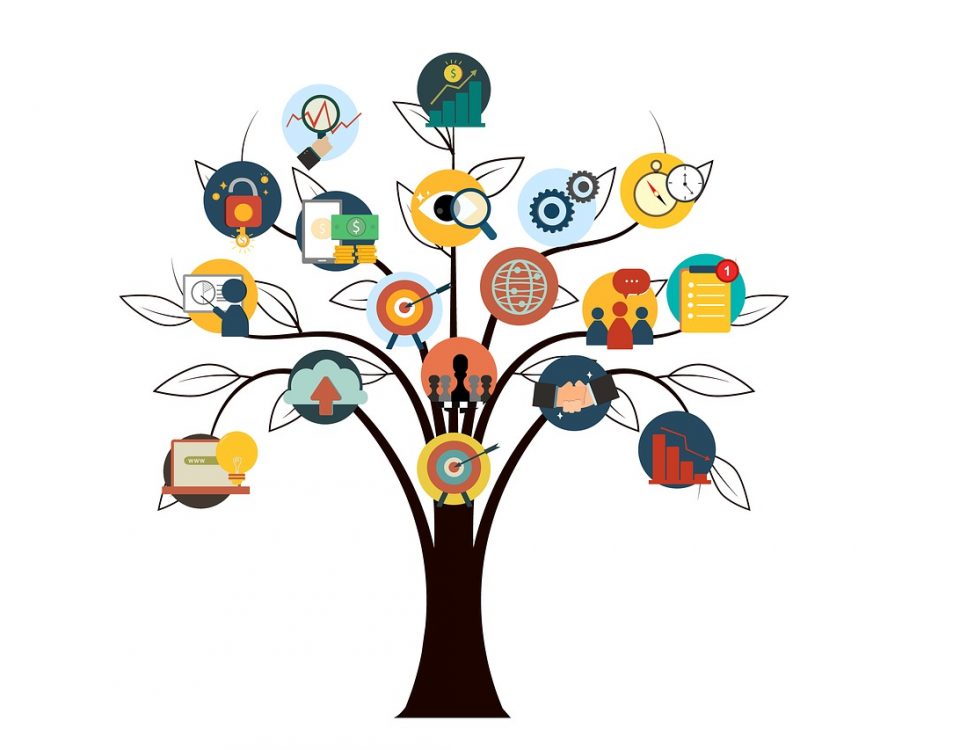- Stronger Customer Relationships
- +1-949-878-7411
- ramana@varasi.com
Observe Users For Analyzing their Unspoken CRM Needs

In analyzing business needs, ‘know the people’. While understanding business needs, grasping a person’s unmet need or unspoken need is critical. Observation and Ethnographic methods are important information gathering methods for this reason.
What you are looking for from this first hand observation is insights. Insights, as in interesting revelations or learnings that emerge out of observing people’s actual behavior as against merely what they say are their needs. Insights come from interpreting what you observe, and comes from asking the question ‘Why’ enough number of times.
Engage people through conversations and activities; study how they accomplish tasks, make a note of objects they use, the environment, the information they process, the other people they interact with.
Behaviors, values, preferences of the target users cannot be often fully appreciated in workshops, sitting in offices.
This is a reason why we think interviewing users while they are going about their jobs is a great idea. For example, accompanying a sales representative while he/she is going about their daily routine gives you insights on designing sales systems for their use. Shadowing a customer support agent as they handle calls helps in designing call center applications that fit seamlessly into their daily activities.
Such user observations help immensely with usability design and testing down the line. Unless you design and test the system in the manner in which the user will use the system, it will not be an effective usability design or test.



